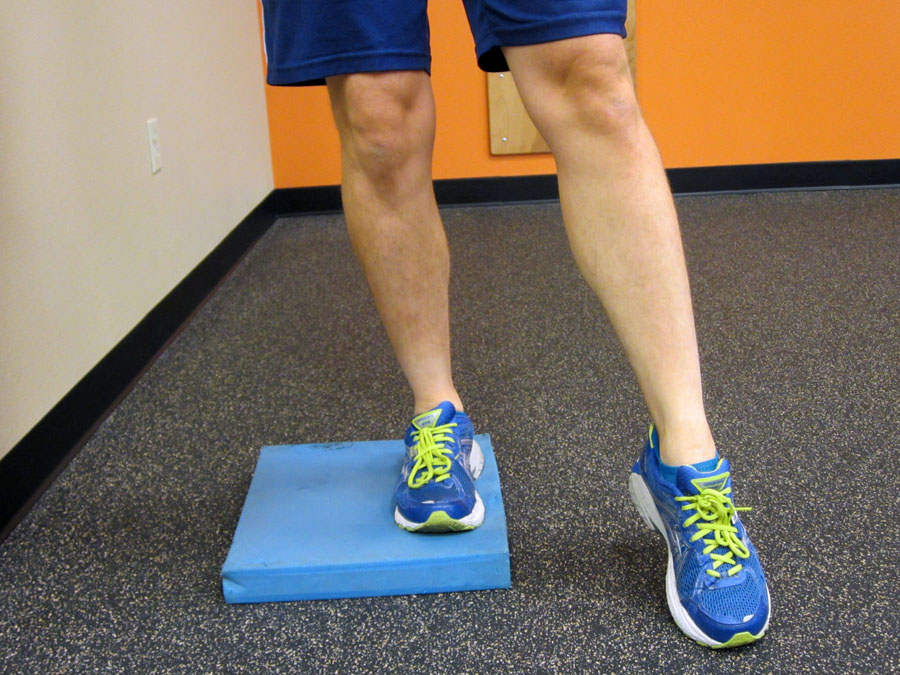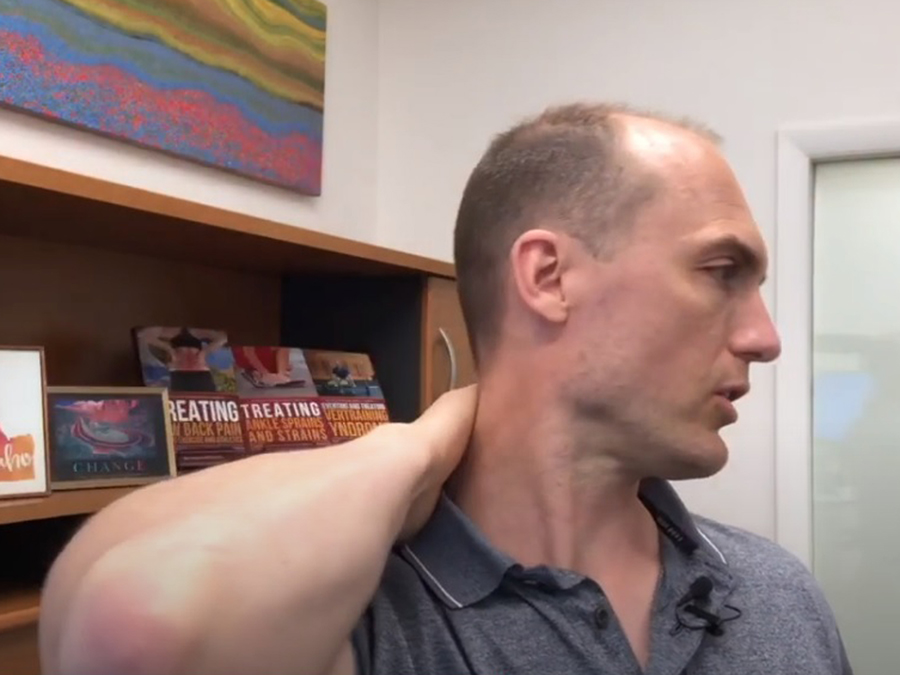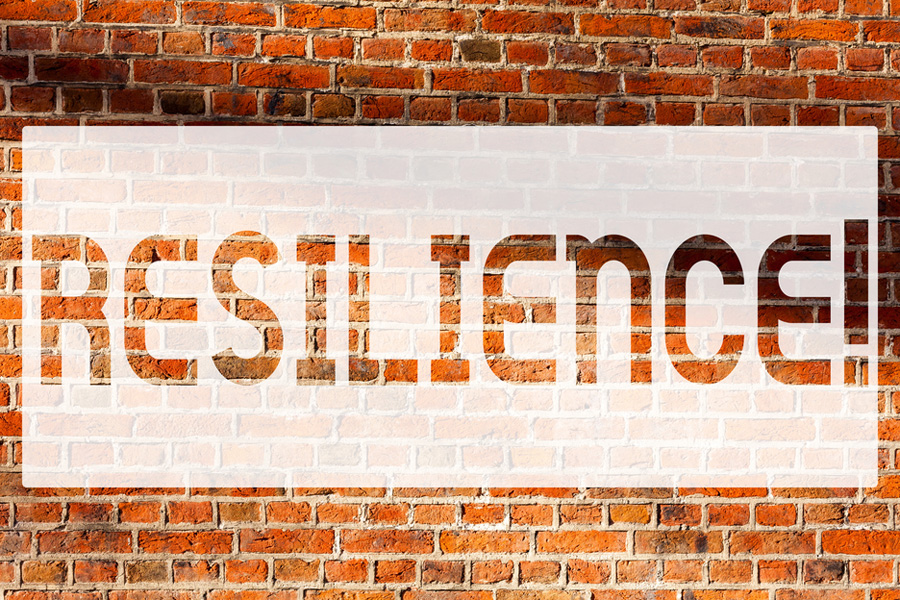Being proactive about your health has never been more important. The health care system in the United States is set up brilliantly to prevent you from dying and for maximizing profits of all parties involved. In fact, the United States spends more money by a wide margin than any other country on health care. Our health care system is set up to keep us from dying, not thriving. Our average life span barely makes it in the top 30 when compared to other nations.
As it stands now, the American health care system is poorly equipped to help us maximize our health span. Health span is defined as a period of time in which a person is generally healthy and free from serious disease. It’s up to you to manage your health and maximize your health span.
As health care costs in America continue to increase without actual positive change in our health status as consumers, our overall health delivery system continues to be strained. Medical professionals are being over burdened by daunting rules and regulations that limit patient care. There are rules that prevent creative personalized solutions because of “standard of practice” rules.
Thankfully, there are more consumer driven options to maximize health through novel self-quantification strategies. These individually designed options can help you to maximize your health.
- Genetic testing, also known as DNA testing, is a type of medical testthat identifies changes in chromosomes, genes or proteins. The results of a genetic test can confirm or rule out a suspected genetic condition or help determine your chance of developing or passing on a genetic
- Microbiome testing allows for individualized supplementation protocols in order to address unique epigenetic factors that can help you to maximize your health span while avoiding disease.
- Concierge medical services enables you to have a long term relationship with a physician (who is dedicated to a small number of clients) in order to help you to prevent disease and manage health concerns early.
It’s imperative that we take a leadership role in our own health care by continuing to be proactive.

Image courtesy of Unsplash.
Top Reasons Why You should Manage Your Health:
Money – Health care is expensive. Many of the most common treatments and fancy diagnostic methods are not necessary. Costs are only going to rise more in the future. As this occurs, it will be even more important to be able to take care of the simple common place injuries and illnesses. It will save you a lot of time and money! Benjamin Franklin was right: “An ounce of prevention is worth a pound of cure.”
Empowerment – There is nothing more important than your health. You have control of most of the aspects in your life that affect your health status. Taking care of yourself and your health needs leads to a sense of empowerment. Understanding your body and your health is liberating and empowering. Our ability to understand our own unique body has never been more possible.
Improved Care – If you understand how to be healthy and take care of yourself, you will be able to assist your medical practitioner in making the best decision on how to manage your care. Remember, it is your body and your health. By being your own advocate, you can insure that you receive quality care. Knowing yourself is the best way to insure the healthcare you receive is appropriate for you as a unique individual.
Quicker Recovery Time – Often by taking out the middle man, you can help to increase the speed of recovery. You can address the condition and help your body to initiate the healing response to insure a faster recovery.
Emergency Situations – You never know when an emergency, such as a motor vehicle accident, inclement weather or pandemic, may occur. You may experience an injury or illness during a camping trip when resources are a far distance away. In the event of an emergency situation, you will be knowledgeable and equipped to take care of yourself and your loved ones. The healthcare system may not actually be accessible when you need it. (If necessary, please seek appropriate medical assistance as soon as possible.)
Healthy Living – Take the time to focus on your health. Often, small changes in your diet, activity level, and relationships can make a big difference. You can take control of your health and your life! Don’t underestimate what leading a healthy lifestyle can really do for you as you look to improve your overall health span.
Western medicine is designed to keep you alive, not to help you thrive. Taking a passive role in your health is not a wise choice in America’s current health care environment. Only YOU are responsible for your health. Decisions now will determine how successful you age in the future.
There is nothing more important than your health. You must be in control and manage your own health. You have control over most of the aspects in your life that affect your health and well-being. Take charge, and empower yourself. You must be your greatest advocate. Don’t delegate the most important job of taking care of yourself and your health and well-being!
This article first appeared on Smart Strategies for Successful Living: https://www.agegracefullyamerica.com/manage-your-health/









